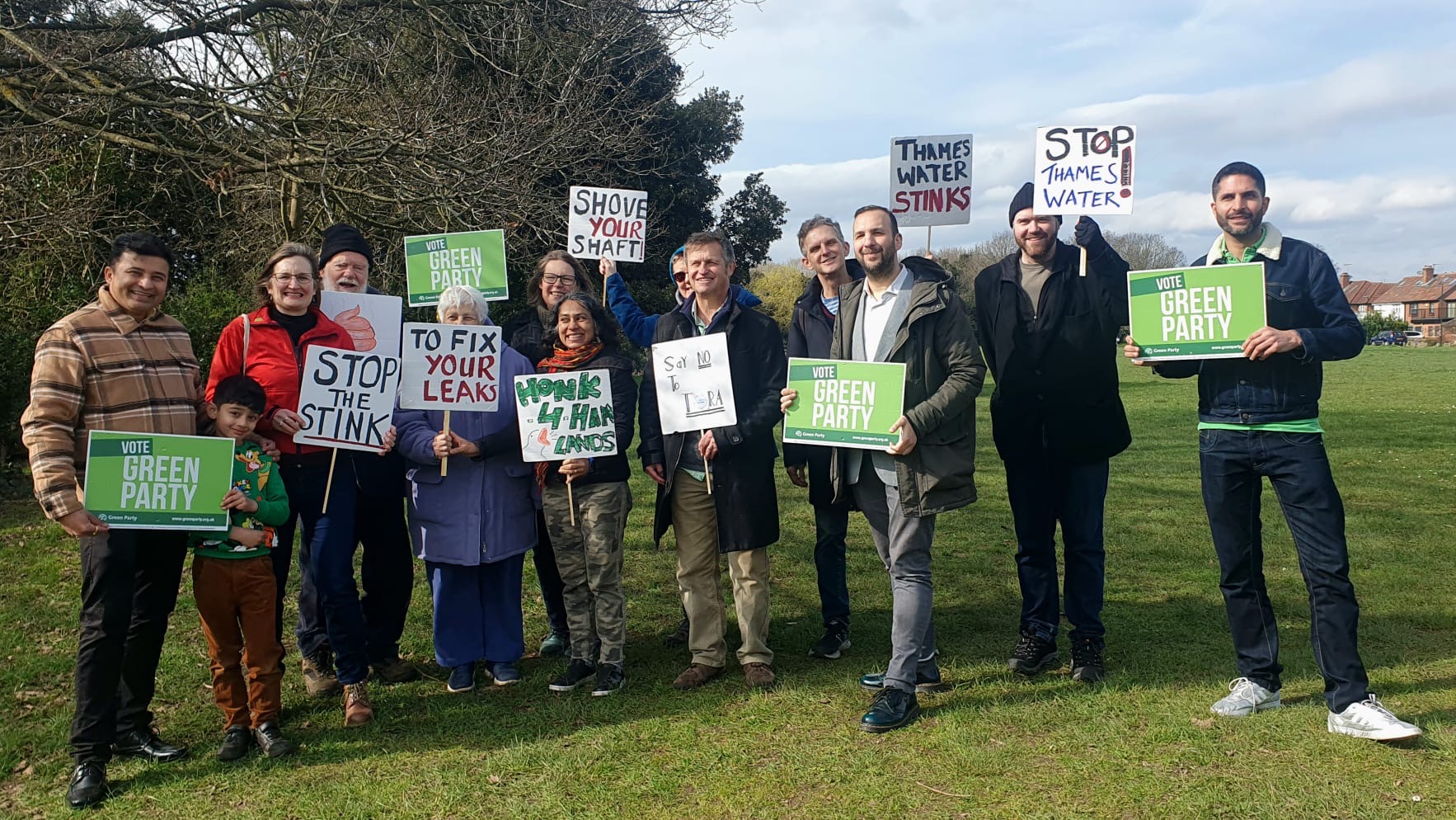The results of the Great UK WaterBlitz, a survey of the health of rivers and streams in the UK carried out by volunteers under the aegis of the charity Earthwatch UK, have just been published – and, for local residents, they make grim reading.
The data suggest that the Thames river basin area has the worst water quality in the UK, with 81% of measurements showing unacceptable levels of nutrient pollution.
Worryingly, every freshwater sample showed pollution from sewage discharges and agricultural run-off. Other chemicals were also detected, including pharmaceuticals, antibiotics, illicit drugs and pesticides. Of the 20 chemicals assessed, 12 of them were present at concentrations that pose risks to aquatic life.
Antibiotics were found at concentrations that risk antimicrobial resistance developing in our freshwaters, while illicit drugs such as ketamine are also prevalent in UK waterways (although the WaterBlitz report points out that they pose limited risk to aquatic life).
Nevertheless, the prevalence of these drugs in our rivers and streams is a worrying sign.
As if that wasn’t enough, the insecticide imidacloprid, which is used by dog owners to protect their pets against ticks and fleas, is found at high concentrations in some samples across the UK; the drug poses a moderate to high risk for aquatic invertebrates which are vitally important for ecological health. The WaterBlitz report ends with a call to the UK government to implement better regulations on tick and flea pet medications like imidacloprid and especially regarding their blanket preventative use on pets in the UK.
Why does the Thames river basin have such high levels of harmful pollution?
The study concludes that the high proportion of land in the river basin used for agriculture must be playing a big part, plus the fact that more than half of Thames Water’s 351 sewage treatment plants are currently operating without sufficient capacity to treat the volumes of sewage they receive – and most of the worst-performing works are found upstream of London.
Green Party councillor Chas Warlow took part in the survey and had this to say: “I was genuinely shocked when I saw the high levels of pollutants in the samples I took.
“Unfortunately, my samples were not exceptions – they were matched by all the others on our stretch of the river and throughout the river basin. We must always remember that clean water is a public good. Private corporations owned by overseas investors have no incentive to act in our interest – that means our government needs to get on with renationalising our water companies and clean up our waterways.”
Ian McNuff, a leading figure in the Save Our Lands And River campaign, which is fighting to stop the proposed Thames Water TDRA scheme – a scheme which would involve treated sewage being pumped into the Thames near Teddington Weir, commented: “These results reflect just how badly we have treated our natural waterbodies. Those who are most responsible, like water companies, must embrace their role as guardians of the environment – we should not have to drag them kicking and screaming to accept their responsibilities while at the same time they shovel unacceptable levels of cash out of their businesses.”
The report is available at:
https://earthwatch.org.uk/report/great-uk-waterblitz-autumn-2025-report/#fullreport
You can also see the results on a map at:
https://www.freshwaterwatch.org/pages/great-uk-waterblitz-results


